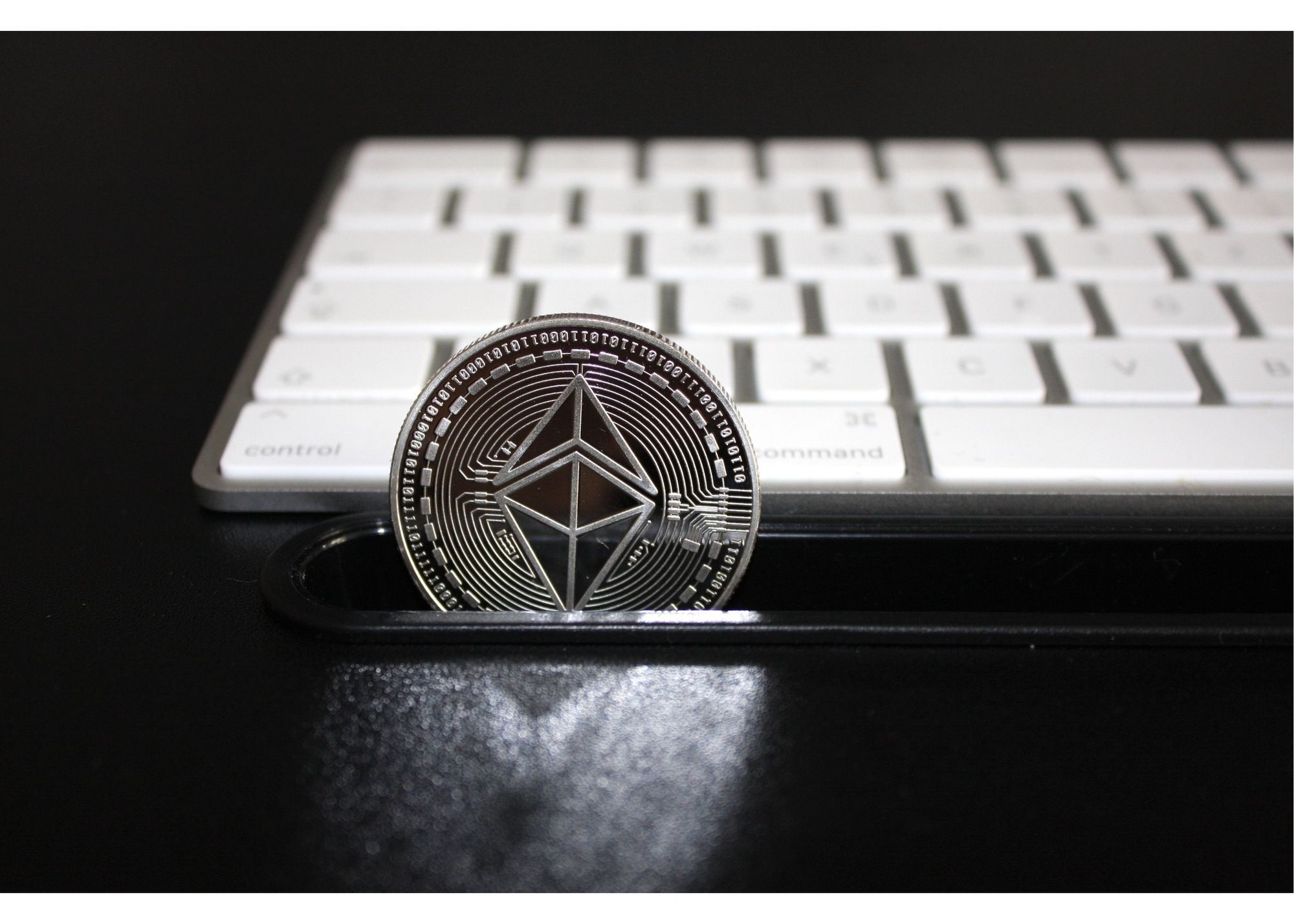Will Ethereum Hit $20,000?
With inflation rates rising and stocks proving ever more volatile, cryptocurrency markets are attracting ever more investors. One of the most popular cryptocurrencies, Ethereum (ETH), appears to be set up for strong gains. The question, though, is just how high current forces could push it? Here’s what you need to know about the money flows supporting ETH and how high it could go. But first let’s talk about a subject the naysayers spotlight, gas fees.
High Ethereum Fees Are A Sign of Rising Demand
One of the largest recent complaints about Ethereum is the fact that fees for using it have skyrocketed to almost prohibitive levels. While this may seem negative on the surface and has driven some users to seek out other options, there’s more to this picture than meets the eye.
In fact, high fees to use the Ethereum blockchain could be a good thing for those who hold ETH. Since no network changes have taken place, the high fees represent intense demand to use Ethereum and ETH.
In other words, these fees show an ongoing and steadily rising trend of popularity for ETH, rather than signal its impending decline.
NFTs Support Higher ETH Prices
Thanks to its smart contract capabilities, the Ethereum blockchain is in extremely high demand for two emerging use cases:
- decentralized finance (DeFi) and
- non-fungible tokens (NFTs).
As capital from VCs and major financial institutions has poured into decentralized finance apps, the Ethereum blockchain has become progressively more valuable and useful for serious financial transactions. Needless to say, this trend supports a higher future valuation for ETH as well.
NFTs have raised demand even more as perhaps the hottest new digital asset of the past twelve months. Many NFT enthusiasts are people who are new to the crypto world, expanding the Ethereum user base and spiking demand. As of now, about $46 million in NFTs are traded per day. While not all NFTs use Ethereum, it is the preferred blockchain for these tokens.
The Supply Side of the Equation
There’s no doubt that demands on the Ethereum blockchain and for ETH itself are rising rapidly. The other side of the price equation, though, is the supply of ETH.
With the EIP-1559 update, the base fee mechanism began reducing supply. The reduction in supply, paired with rising demand, clearly supports higher ETH prices. This effect was seen when the inflation rate of ETH slid from 4.2% to 2% in the weeks just after the update.
Since then, however, that effect has become so pronounced that ETH is technically in a deflationary cycle. If these trends continue, ETH’s price will almost certainly continue to rise.
The Projected Effects of the Proof of Stake Merge
In 2022, Ethereum’s proof of work and proof of stake blockchains will merge, marking the first step in the implementation of what has come to be called Ethereum 2.0.
Needless to say, these structural changes should have profound effects on the dynamics and price of ETH. The merge will improve speed across the network and simultaneously lower fees. These effects, in turn, should allow decentralized apps to scale more rapidly and attract a broader user base. With the rollout of Ethereum 2.0, the possibility of DeFi apps rivaling traditional financial institutions will become far more realistic.
On the supply side, the effects of the merge strongly support higher ETH prices. This is because the merge will drastically reduce block rewards. In fact, the block rewards after the merge will be cut to one-eighth of their present level. The massive constriction of supply, paired with more demand as DeFi apps become more popular, raise the strong possibility of ETH deflation continuing well into the future.
Where Are the Onchain Indicators Pointing?
Onchain indicators are useful for determining where the future of ETH could be heading. One of the best of these is the exchange balance, or the overall balance of ETH held by cryptocurrency exchanges.
At present, the exchange balance is at its lowest point since late 2018. Because exchanges have less ETH to sell as demand rises, this low exchange balance points strongly toward higher prices going forward. And most of the ETH appears to be flowing to DeFi apps, it’s unlikely that it will become liquid again in the near future.
Institutional Investor Demand
The final element that plays into ETH’s future price prospects is growing demand among institutional investors.
Large investment banks are preparing to buy ETH in response to potential rising interest rates, as value derived from applications will make ETH more stable under those circumstances.
A new ETF based on ETH could also support prices. Because these banks intend to hold ETH for long periods of time, supply that moves to meet this demand could end up locked in holdings, rather than floating freely on the marketplace.
Price Forecast: How High Could ETH Go?
Price projections for ETH are understandably bullish across the board. One of the most compelling near-term projections comes from a Goldman Sachs analyst. Future supply shocks and rising demand could push ETH to as high as $20,000 next year once the blockchain merge occurs. While these projections could be too high, there’s no denying the strong fundamental case for much higher prices going forward.



